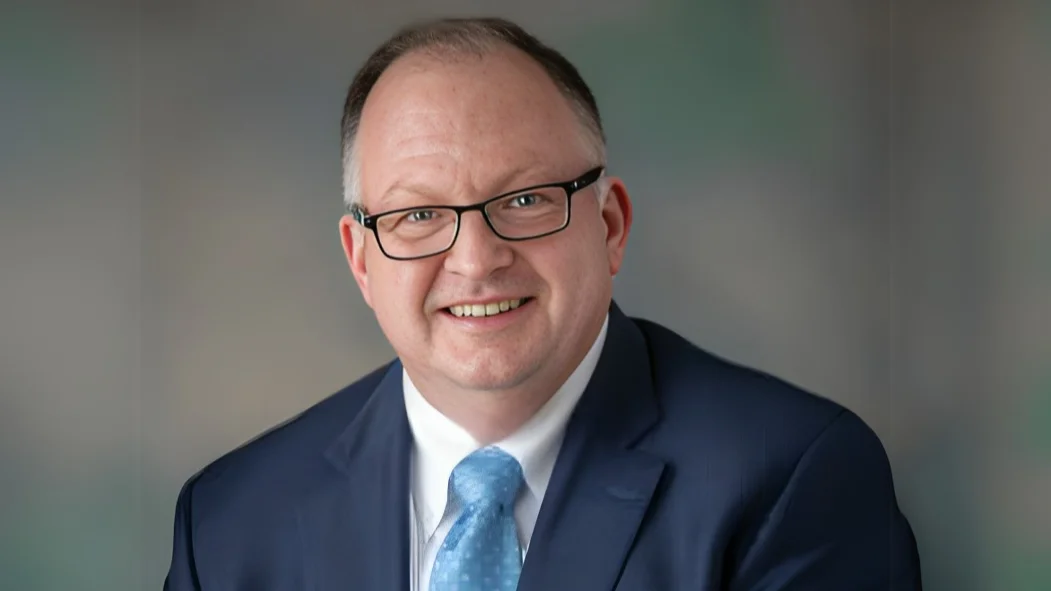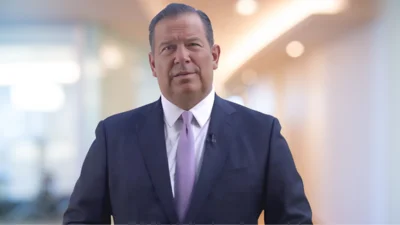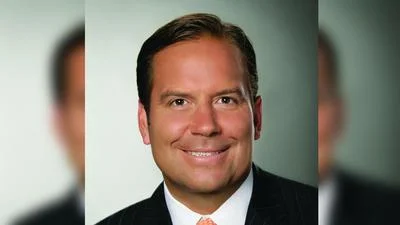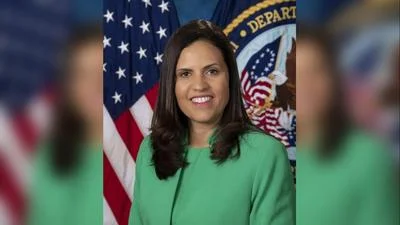Richard Anderson President of the Illinois State Medical Society | Official Website
Richard Anderson President of the Illinois State Medical Society | Official Website
The recent enactment of federal bill H.R.1 sets new annual caps on federal student loans for professional schools, limiting borrowing to $50,000 per year. This change is expected to have a significant impact on medical students, whose total tuition and related expenses can exceed $300,000 over four years.
Previously, the Grad PLUS loan program allowed graduate students to borrow up to their institution’s full cost of attendance, which included both tuition and living expenses. The new restrictions will take effect on July 1, 2026.
A recent Chicago Tribune article highlighted the concerns of prospective medical students who are now facing uncertainty about how they will finance their education under these new limits.
“It might mean there are people who want to be doctors that can’t be doctors because they can’t afford it,” said ISMS President Richard C. Anderson, M.D. “We should be coming up with ideas to make it more accessible for people who want to be doctors as opposed to hindering that.”
These changes come at a time when the United States is already confronting projections of a physician shortage. According to an Association of American Medical Colleges (AAMC) report, the country could face a shortfall of 86,000 physicians by 2036 across both primary and specialty care fields.
While private loans remain available as an alternative for students who need additional funding beyond the federal cap, such loans typically carry higher interest rates than federal options.






 Alerts Sign-up
Alerts Sign-up